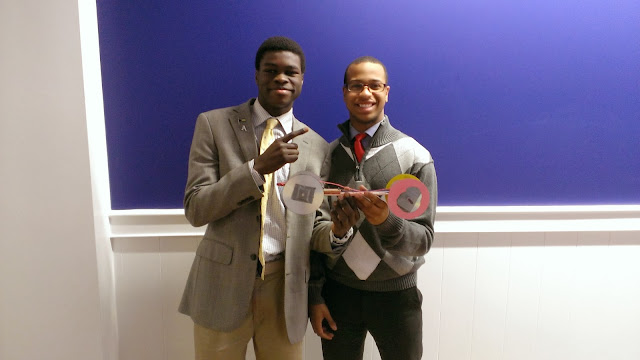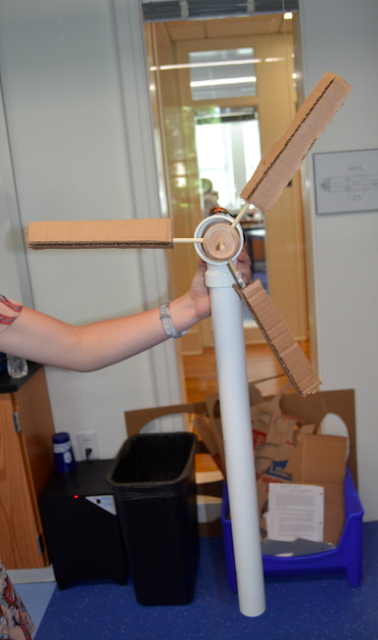#10: Acceleration and Velocity
This was my number 10 favorite because this was one of the very first things that I learned in physics and I fully was able to grasp its concept due to the fact that I could relate it back to my favorite sport which was track. I chose to use a video as my medium which allowed me to visibly show the difference between velocity and acceleration. In a video I was also able to see a step to step progression as Usain Bolt began accelerating and then running with constant acceleration.
#9: Newton's 1st Law of Motion
Newton's 1st law of motion states that an object in motion, stays in motion unless acted on by an outside force and an object at rest stays at rest until acted on by an outside force. This is key because later on in physics we needed to fully understand this concept because this idea returned when we were discussing throwing a ball up in the air.
#8: Center of Mass vs. Center of Gravity
When discussing center of mass, you must understand that it is the average position of an objects mass. Center of gravity is when gravity is acting on that objects center of mass. These concepts interested me because as in my #10 blog, I was able to relate it back to something I enjoy doing, and that is playing football. A football player bends their legs because it now lowers their center of mass making it much harder to knock them over.
#7: Free Fall
When an object is in free fall, there is absolutely no air resistance. This was a difficult concept for me to grasp. The only thing pulling on the object is Earth's gravitational pull which it is accelerating to Earth at 9.8m/s^2 which as student we would automatically round to 10. If you were to drop a feather or a coin in free fall from the same height, which one would land first? EXACTLY! They would land at the same time.
#6: Torque
The concept of torque isn't my favorite thing about this word, but in fact the word is. Torque is equal to lever arm multiplied by force. This will give you the point in which a meter stick will rotate or help you solve for the weight of an object.
#5: Work
The equation for work is equal to the force multiplied by the distance. To decrease the amount of force you need to apply on a box, one might use an incline or box and travel a greater distance. Work-in equals Work-out. That being said (Force-in)(Distance-in) = (Force-out)(Distance-out).
#4: Mousetrap Car Lab
The mouse trap car lab was a really big experiment that my classmates and I participated in. It incorporated alot of physics including fun. In order to make the mouse trap car actually go, we had to fully understand Newton's Laws and incorporate them into our project. This was a fun activity but yet I still feel like I learned so much from this.

#3: Polarization
I struggled alot with the concept of Polarization. I was confused with the order in which things would follow in order to be polarized. However, after grasping the concept I am now able to answer the question why does a balloon stick to the wall after someone rubs the balloon with their hair? The answer is simple and is polarization.
#2: Magnetism
I really enjoyed learning about this topic this year. I learned alot about magnetism that I didn't know prior to this class. For example I learned that in a Magnetic Field, charges flow from North to South and back up from South to North. I also learned about what made magnets stick together, and how to turn a paper clip into a magnet. Magnets exist because the domain in an object stops moving out of control and actually aligns up.
#1: Wind Turbines
The wind turbine lab was one of my favorite labs because my group and I created a wind turbine in a single day, having no idea what was going to end up happening. Having the deadline due that day and having exactly nothing done do to states, my group had to work fast. We began applying concepts together in order to make this wind turbine work and to my amaze, it worked. We had to "grok" closely with this project and make sure all the pieces worked well together and they did.








.jpg)

